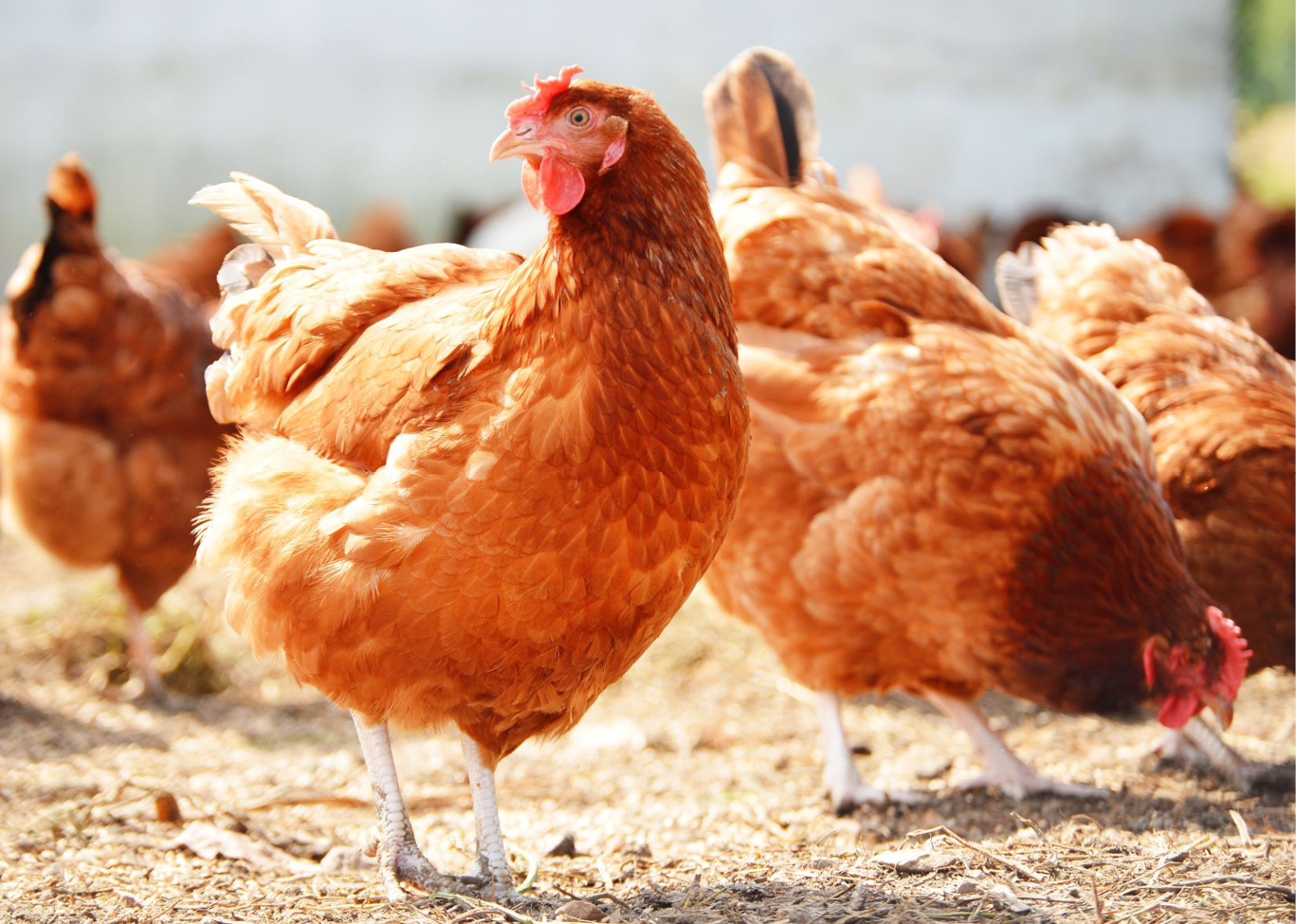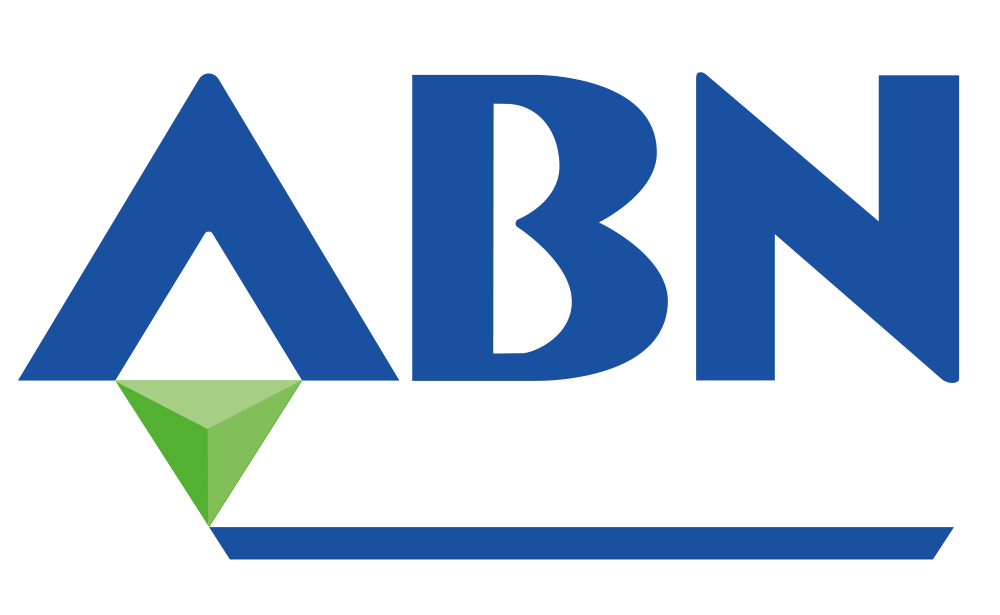Producers see 11% reduction in total phosphorous delivered to farm with no impact on performance and egg quality
A nutritional approach to addressing the growing pressure on poultry producers to improve phosphorous (P) utilisation in feeds, while reducing emissions, is providing an opportunity for units to significantly reduce environmental impacts without compromising performance, according to new trial findings.
“There has been growing recent awareness and discussion around phosphorous utilisation, and subsequent pollution from production, in particular from layer farms,” says Dr Rizwan Azhar, ABN poultry nutritionist.
Despite a typical layer farm using around 7 tonnes of phosphorous during a production cycle, there is currently no common approach to reducing P emissions from layer farms.
However, the trial work undertaken by ABN has revealed that by implementing a novel nutritional strategy, an 11% reduction of P in the diets can be achieved, without any impact on performance or egg quality.
The Challenge
Phosphorous is naturally bound in plant materials as phytate. This complex is not digestible by animals and therefore the phosphorous cannot be utilised. It usually passes directly through the gut and is excreted.
To address this, the use of synthetic enzymes called phytases is a common practice. These improve phytate degradation, increasing phosphorous availability and utilisation by the bird.
Through ongoing research ABN have identified the optimum phytase enzyme and dosage rate to maximise the breakdown of the phytate in the main dietary raw materials, increasing the P available to the birds and resulting in lower undigested P in the litter.
“Having reviewed our internal trial data, we have applied our learnings to a new commercial strategy to help our customers reduce their potential impact on the environment. By utilising Quantum Blue we have optimised the breakdown of the phytate in the diet and maximised the release of phosphorous,” adds Dr Azhar.
Commercial trials
The commercial trial was set up across free range sites in the Nitrogen Vulnerable Zones (NVZ) of the Wye Valley area of Wales. Poultry producers in this area are under increased pressure to reduce P and N pollution from their operations and reduce the pollutant levels in the river Wye.
Performance was recorded in terms of egg production, egg weight and quality of eggs across a total of 32,000 birds, applying this new nutritional strategy and monitoring the impact on P utilisation.
Feed intakes and body weights of the hens were recorded over the trial period, while general layer management practices were applied and monitored constantly.
The results demonstrated that ABN were able to reduce total P delivered to the farm by 800kg, equivalent to an 11% reduction over the production cycle. Performance was consistent throughout the laying period, and the general welfare of the birds was good.
“Applying our new strategy successfully confirmed that a significant amount of phosphate can be released from the diet, meaning less excretion in the litter, and less phosphorous that needs to be spread on to the land,” explains Dr Azhar.
“Importantly, there was no impact on performance. Therefore, we can conclude that this new strategy represents a sustainable nutritional solution for the layer industry,” he adds.
Changing requirements
“As one of the largest producers of poultry feed in the UK, trials like these are very important for the business and our industry. It is vital that we continue to investigate new products and bring innovation into our product portfolio, to support the needs of our customers” says Dr Azhar.
“With changing requirements of birds, consumers and raw material supply chains, it is crucial that we keep up to date with the current challenges and bring innovative solutions for our customers and the industry.”

